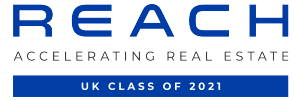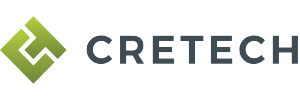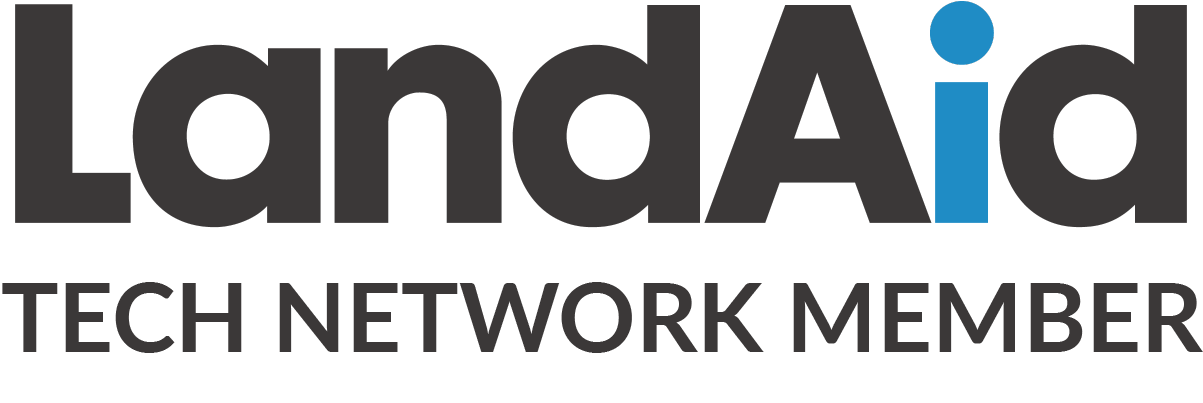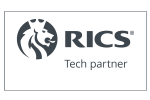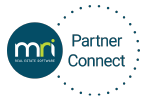We are now in an era where digital transformation is reshaping industries across the board. The property sector is no exception. However, this transformative shift is not just about technology for technology’s sake.
If anything, it indicates an understanding that many property professionals now hold – to enhance property operations and engage better with tenants and occupants, integrating technology is vital.
Proptech promises a future where data flows seamlessly, decisions are informed by real-time insights and tenant experiences are enriched through digital touchpoints. But in practice, how does that translate?
A recent report published by Housing Technology, a UK-based property technology insights and research company, has given us a window into the wants and needs of housing providers up and down the country. The report also provides a comprehensive analysis of the current state and future directions of IT integration within the housing sector more broadly.
Conducted over several months, the study surveyed a wide range of property professionals to understand their IT integration strategies, challenges, and successes, shedding light on the impact integrating technology has on enhancing operational efficiency, boosting tenant services, and establishing best practice data management.
Exploring the key themes of the report
Before we dive into our reflections on the IT Integration in Housing 2024 report, it’s worth looking at the overarching themes found throughout, and see how that might apply to the industry more broadly.
From the reliance on internal development resources to the struggles with disconnected systems, the themes give us an indication of the current state of play when it comes to technology integration in property, underscoring its importance in several areas, whether that’s enhancing data quality, speeding up tasks, navigating the compliance landscape or building the foundations for more meaningful insights.
Here are a few of the takeaways:
Resources for IT integration: In-house development teams are primarily used to manage IT integrations, although this is supplemented by external resources. This can be burdensome on already resource-starved businesses.
The number of IT integrations: Most are managing fewer than 20 integration projects, despite complex IT landscapes.
Integration methodologies: Middleware and APIs are preferred methods, with a call for more open APIs from specialised technology suppliers. The focus here then seems to point towards a need for plug-and-play solutions.
Technology suppliers: A strategy of employing one main technology supplier, complemented by more task-specific suppliers, appears to be common, but perhaps not viewed as the best way to go about things.
Disconnected applications & systems: Perhaps as a direct result of the number of IT integrations and technology suppliers, a significant number of respondents faced challenges with systems that cannot share data.
Data quality: The majority of those surveyed said that poor technology integration can adversely affect the quality of their available data.
Influences on IT decisions: Of the many things to influence a decision to adopt new technologies, regulation and compliance are seen as primary reasons for procuring a new system or solution.
Reflections on compliance, data and technology integration
While the essence of the report revolves around data and systems consolidation – in other words bringing everything together and granting seamless accessibility across applications – it’s undeniable that compliance weighs just as heavily on the minds of the survey participants.
With the compliance and regulatory landscape shifting, whether that’s through tenant and leaseholder reform, changes to building safety standards, or ever-evolving sustainability guidelines, it’s no surprise. The agility needed to stay up-to-date with the latest changes isn’t easy to achieve, fortunately, there was a resounding recognition that compliance can best be tackled with smarter tech.

Of the many challenges, another that stands out from the report is the resources needed to integrate technology into their professional practice. The report found that close to half (48%) of businesses rely on mostly or solely external resources, with the remainder relying on some composition of internal only, or internal and a few external resources.
The report states: “Each housing provider’s IT estate is a complex blend, ranging from legacy systems to cutting-edge technologies. The majority of housing providers rely predominantly on internal development resources for their IT integrations, augmented by some external resources.”
What does this mean? Perhaps it is indicative of the uniqueness of each business’ tech ecosystem, or that to manage each and every solution, it’s impossible to do it completely internally or externally.
The challenge of navigating legacy systems and cutting-edge technologies suggests there is no one-size-fits-all solution. This approach perhaps reflects the tailored approach needed to address the specific technological needs unique to each business.
Breaking away from siloed data and systems
Reflecting on the challenge of disconnected applications and systems within housing providers, it’s clear that a significant portion faced challenges with seamless data sharing.
The fact that 23% of businesses report that most of their systems cannot communicate, with an additional 45% experiencing this issue to some extent, really shines a light on how widespread this challenge is in the sector.
The fragmentation can and does lead to inefficiencies and data silos, ultimately hindering their ability to deliver responsive services for their clients and stakeholders.
There can be a few reasons for this disconnect, to name just a few: legacy systems that were not designed to work well with each other; using multiple software solutions from a range of vendors; a lack of standardisation across the industry.
One of the key ways to address these challenges involves the adoption of integration platforms (sometimes known as middleware) which can act as a bridge between totally different systems. While Property Inspect can be a standalone solution for property inspections and operations, it can also be used to tie disparate threads of information together.
Through our partnerships with other solutions providers such as MRI Software, we understand what is needed when it comes to bringing everything together. Interoperability has always been front of mind for us, and we actively participate in cross-sector collaboration so we can help set and drive those standards.
The impact of technology on decision-making
In the property industry, data serves as the foundation not only for operational efficiency but for smarter decision-making, too.
When done well, technology integration can radically transform the quality of data for an organisation. However, this kind of transformation is not just brought about by a more sound technical approach – above all, it’s a calculated move towards better informed, agile, and responsive operations.
There is widespread agreement among property professionals that effective technology integration significantly enhances data quality. Why? High-quality data enables companies and individuals to make more accurate predictions. It’s the difference between working in the dark either with a blindfold on or night vision goggles.
In the end, this shift towards evidence-based decisions leads to more effective practices that directly benefit the teams, clients and other stakeholders of a property business.
Looking ahead, the report indicates a change in procurement, emphasising the selection of platforms that not only meet current integration needs but also support scalable, future-proof operations.
Tackling the challenges head-on with Property Inspect
Steve Rad, CEO of Property Inspect, said: “In recent years, we have witnessed a noticeable shift in the property industry towards embracing technological solutions to enhance efficiency and transparency. In the public sector especially, we have observed a surge in inquiries from Housing Providers, Associations, and Councils seeking to replace outdated legacy systems, recognising the benefits of leveraging technology to streamline their operations and improve overall effectiveness.
“This shift is a departure from traditional methods reliant on manual processes and outdated legacy systems, towards innovative digital solutions tailored to meet the evolving needs of modern housing management. Our software alleviates the burden of administration and gives them clearer transparency when managing their assets.”
Wherever the future leads, it’s clear to see that technology adoption plays an integral part in advancing the property industry, helping professionals overcome those all-too-common challenges of a lack of time, poor quality of data, widespread inefficiency, and the inability to gather crystal-clear insights.
At Property Inspect, these are the kinds of challenges we actively work to assist property professionals to overcome, with a scalable, adaptable platform that helps to create a golden thread of information throughout the organisation, making systems and processes more understandable and more efficient.
To learn more about Property Inspect, book a demo today.



